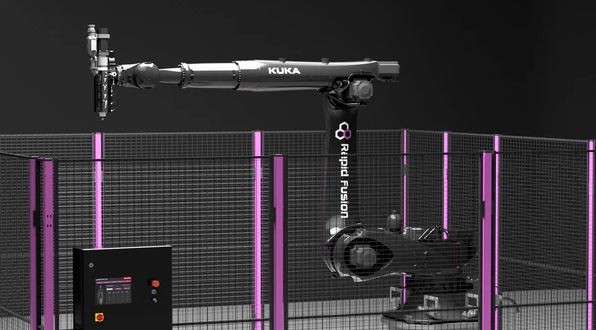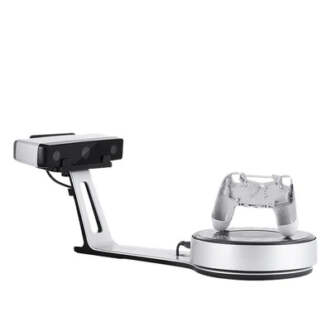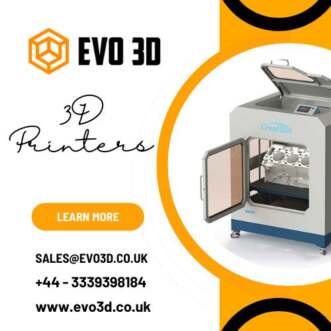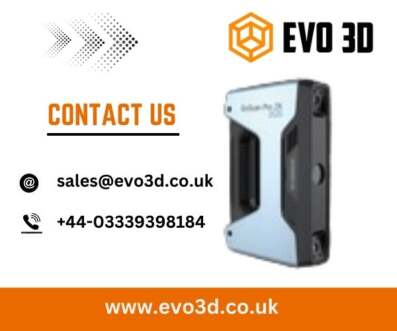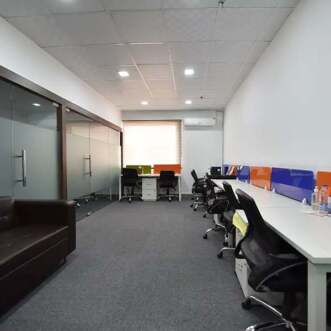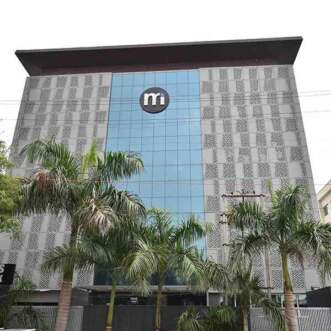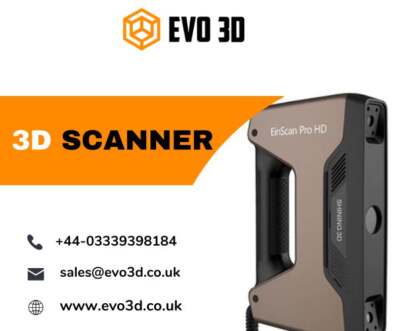
The Role of Industrial 3D Scanners in Metal Printing: A Comprehensive Guide
Technological advances continue to etch the path of industry in the ever-changing landscape of manufacturing. Among them is one development that has gained considerable attention: industrial 3D scanners, especially regarding metal printing. The drive for more accurate, efficient, and customizable solutions by different industries has seen this technology become increasingly important in transforming production processes.
The Rise of Industrial 3D Scanners
Industrial 3D scanners have emerged as powerful devices used to capture precise digital replicas of physical objects with intricate details. These scanners use various technologies, such as laser scanning or structured light, to scan objects’ geometry and surface characteristics, thereby producing high-resolution 3D models.
In metal printing, where precision and quality are key factors, industrial 3D scanners are critical at the early stages of production. Manufacturers can create digital models that can be used to design and refine components for metal printing by scanning existing parts or prototypes.

Enhancing Design and Prototyping
Integrating 3D scanning into the manufacturing process offers several advantages, including enhanced design process and prototyping throughput. Traditional methods of creating prototypes often involve time-consuming and costly processes, such as manual measurements and CNC machining. However, with industrial 3D scanners, designers can quickly capture real-world objects and iterate upon them digitally.
The iterative design procedure allows manufacturers to test multiple designs, tune the piece of geometry for specific applications, and validate the designs via virtual simulations. The 3D scanning technology can be used by businesses to hasten the process of development, slash time-to-market, as well as spur product design innovation.
Quality Assurance and Inspection
Apart from design optimization, industrial 3D scanners are also essential in quality assurance and inspection during manufacturing. Manufacturers can use them to scan printed metal parts and compare them with digital models for dimensional accuracy or to find any deviation or flaw that occurred in the production process.
Moreover, traditional measurement methods may not assess properly intricate geometries and internal characteristics in complex assemblies; however, these areas could be fully inspected with 3D scanners. As a result, a detailed examination of this kind enhances the overall quality of produced components and makes end products more reliable and safe, especially in industries subjecting to strict regulatory standards.
Integration with Metal 3D Printing
It is because of the combination of metal printing technologies and industrial 3D scanners that new possibilities have been opened up in manufacturing. This revolutionary technology has enabled the fabrication of intricate metallic parts exhibiting superior mechanical attributes while still maintaining geometric freedom, hence allowing their creation. However, the success of metal printing relies heavily on accurate digital models, making 3D scanning an indispensable tool in the workflow.
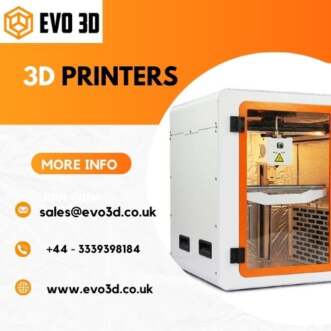
Combining industrial 3D scanners with advanced metal printing systems, manufacturers can bring about unprecedented levels of accuracy and productivity in metal components production. When it comes to aerospace, automobile, or medical applications, for example, the ability to readily scan, design, and print customized metal parts is unmatched in terms of fitting and personalization choices.
Investing in Industrial 3D Scanners and Metal Printers
In today’s rapidly evolving manufacturing industry landscape, businesses striving to keep up with competition are increasingly finding that acquiring industrial 3D scanners and metal printing systems makes sound business sense. Fortunately, there is a plethora of options available on the market, including entry-level scanners suitable for small-scale operations as well as high-end ones designed for industrial use only.
When looking at purchasing an industrial metal 3D printer on sale, one should consider factors such as resolution, precision, speed, and integration into existing workflows, among others. In addition, understanding the total cost of ownership over time, including maintenance fees, software updates, and training, is crucial for well-informed investment decisions.
In summing up this post, we can say that, particularly in respect of metal printing firms have responded by adopting this technology as an essential tool in their manufacturing process. The result is fast optimization through these scanners that accurately recreate physical artifacts digitally.
